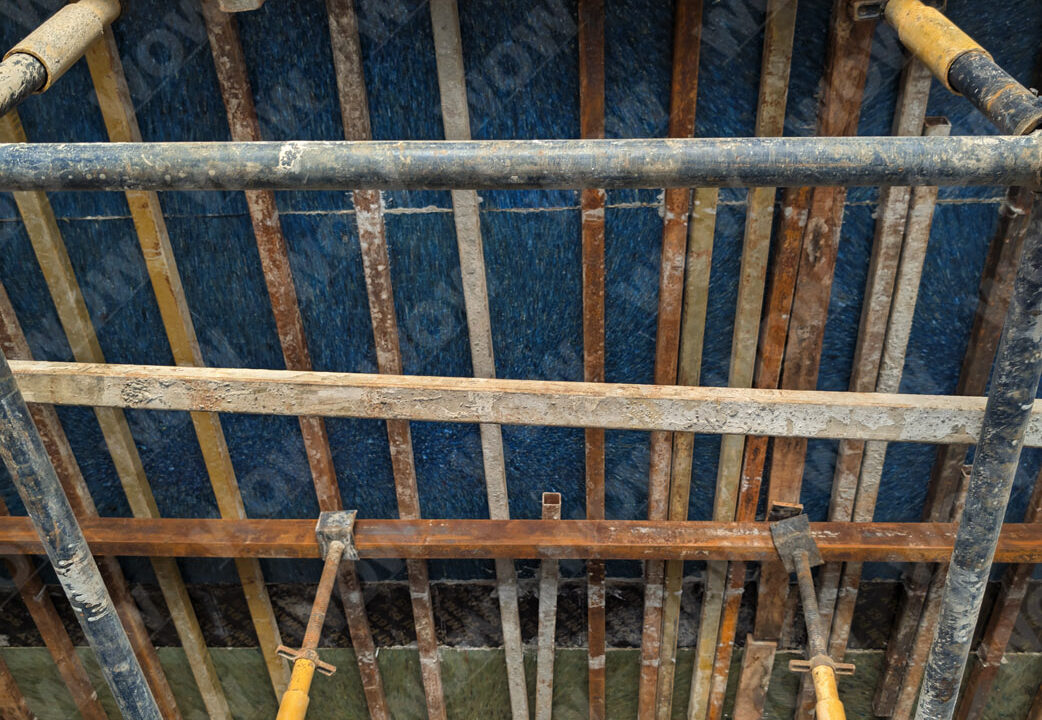The construction landscape is rapidly evolving, and as we tackle increasingly ambitious projects, the tools and materials we use must evolve, too. Among the most critical components of any construction project is slab shuttering, a process that can determine its structural strength, cost efficiency, and timeline.
Traditionally, slab shuttering relied on materials like timber, steel, or plywood, but these have limitations. Enter recycled plastic sheets and plastic shuttering panels, which are revolutionising the industry with their unmatched durability, reusability, and environmental benefits. Let’s explore how these materials are addressing the challenges of large-scale slab shuttering projects.
Challenges in Traditional Slab Shuttering
1. Material Degradation
Conventional shuttering boards like plywood are highly susceptible to warping, delamination, and deterioration when exposed to moisture or extended project timelines. This issue is especially prevalent in large-scale projects where shuttering materials might remain in place for months due to workforce shortages or delays.
2. Labour Shortages
Inconsistent labour availability is a recurring problem in the construction industry. Workers may leave for festival seasons or migrate for other opportunities, leaving materials unattended on-site. Plastic plywood sheets for construction address this issue by maintaining their integrity, even under prolonged use.
3. Cost Inefficiency
While plywood may seem economical upfront, its frequent replacements due to damage or degradation make it more expensive in the long run.
4. Environmental Concerns
Traditional shuttering boards contribute significantly to deforestation and generate waste that often ends up in landfills.
Enter Recycled Plastic Building Products
Recycled plastic materials are rewriting the rules of construction. With innovations like plastic concrete shuttering panels, the industry is transitioning towards a more sustainable, durable, and cost-effective future.
Key Benefits of Recycled Plastic Sheets in Slab Shuttering
1. Durability Beyond Compare
Recycled plastic sheets are impervious to water, resistant to chemicals, and immune to pests. Unlike traditional plywood, they do not warp, crack, or delaminate, even in extreme weather conditions or under prolonged use.
For instance, in a large-scale project in Bangalore, plastic shuttering panels were left on-site for over four months due to workforce shortages. Despite the extended period, the panels were reusable and delivered a smooth finish upon de-shuttering.
2. High Reusability
Unlike plywood, which offers around 10 repetitions, recycled plastic boards can be reused over 50 times. This extended lifespan makes them a cost-effective choice for large-scale projects.
3. Environmental Sustainability
Made from post-consumer plastics, recycled plastic sheets help divert waste from landfills and oceans. Each board contributes to a circular economy, reducing the carbon footprint of construction projects.
4. Cost Savings Over Time
Though the initial cost of plastic ply sheets may be higher, their durability and reusability significantly lower the overall cost per use, making them an economical alternative in the long term.
5. Ease of Handling and Maintenance
Plastic plywood sheets for construction are easy to cut, drill, and nail using standard tools. They also require minimal maintenance and can withstand prolonged exposure to weather without losing functionality.
Practical Applications of Recycled Plastic Sheets
- Slab Shuttering
The smooth surface of plastic concrete shuttering sheets ensures superior concrete finishes, reducing the need for additional plastering. - Column Formwork
Their lightweight yet sturdy nature makes them ideal for column shuttering, ensuring precise shapes and dimensions. - Partition Walls
Beyond slab shuttering, plastic sheets for construction are also being used as partition walls in homes and offices, offering a sustainable alternative to traditional gypsum boards.
Comparison: Recycled Plastic vs. Traditional Plywood
| Feature | Recycled Plastic Sheets | Shuttering Plywood |
| Durability | Water, chemical, and pest-resistant | Prone to warping and delamination |
| Reusability | 50+ uses | ~10 uses |
| Environmental Impact | Eco-friendly, made from recycled materials | Contributes to deforestation |
| Cost Over Time | Cost-effective due to high reuse | Frequent replacements required |
| Ease of Use | Easy to cut, drill, and nail | Similar, but less durable |
Real-Life Impact
In projects where plastic shuttering panels replaced traditional plywood, contractors reported significant cost savings and better concrete finishes. The boards’ ability to withstand prolonged use without degradation also ensured smooth project execution, even during labour shortages.
Conclusion
As the construction industry evolves, embracing recycled plastic building products like plastic plywood sheets for construction is no longer an option but a necessity. Their durability, reusability, and environmental benefits make them an indispensable choice for modern projects.
By transitioning to recycled plastic sheets, the industry can overcome traditional challenges, reduce costs, and contribute to a greener, more sustainable future. The next time you plan a large-scale project, remember—choosing the right shuttering material isn’t just about performance; it’s about building a legacy of sustainability.
